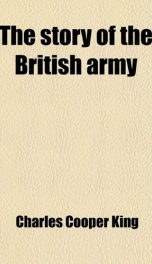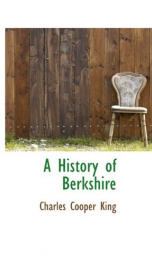the story of the british army

Purchase of this book includes free trial access to www.million-books.com where you can read more than a million books for free. This is an OCR edition with typos. Excerpt from book: CHAPTER III THE PURITAN HOST early part of the seventeenth century saw a con- siderable alteration in the armament of the soldiery, and, notwithstanding the increasing use of gunpowder, body armour long continued to be worn. On it was lavished the highest skill of the artisan in its workmanship, and the highest taste of the artist in its decoration by engraving and inlaying. But the firearm, a matchlock, had, to all intents and purposes, everywhere superseded the bow, so that even in Elizabeth's reign leg-armour was falling into disrepute, and, except in the corselet or cuirass, was steadily lessening in weight. Buff coats with sleeves, leather gauntlets, and leather boots were lighter than iron ; just as useful against a sword-cut, and no worse against a shot. What little armour was left soon became too heavy to wear. Even James I. thought that the heavy armour of his time was " an excellent invention, for it not only saved the life of the wearer, but prevented his hurting anybody else ";l while " Dugald Dalgetty"found the metal thigh-pieces were powerless to stop the bullets of the firearms used by those who pursued him when he escaped from " that high and mighty prince," the Duke of Argyle. To summarise the gradual disuse of arms from Tudor times to those of Anne, it may be stated that though body armour and the helmet were long used, the former had become but a cuirass to which a short skirt of metal was attached. The helmet became more open; stillcovering the head, the back of the neck and ears, but the face was only guarded by a " nasal" (like that of the time of the Conqueror somewhat), which could be moved up or down, or by a triple bar attached to the peak, which could be raised bodrly like the visor was. This soon gave way to the mere iron " pot-helmet" without a...
Info about the book
Author:
Series:
Unknown
ISBN:
0312976550
Rating:
4/5 (2)Your rating:
0/5
Languge:
English
Users who have this book
Users who want this book
What readers are saying
What do you think? Write your own comment on this book!
write a commentif you like the story of the british army try:
Do you want to read a book that interests you? It’s EASY!
Create an account and send a request for reading to other users on the Webpage of the book!



